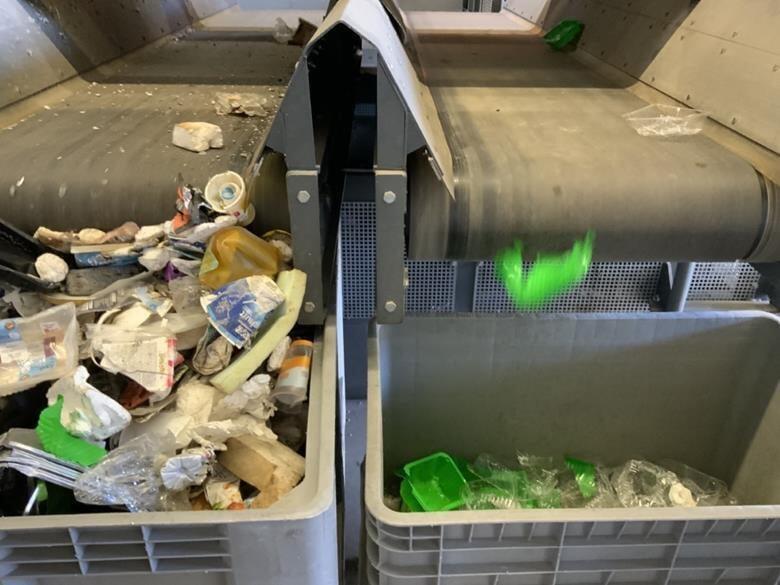On April 3, 2025, the European Association for Bioplastics (EUBP) published a position paper on the relationship between “biodegradable plastics” and “material recycling”, which makes it clear that there is no contradiction between the two. Biodegradable plastics can be sorted efficiently and are suitable for material recovery processes, which will give new impetus to the circular economy.
With the increasing awareness of environmental protection, plastic recycling has become a global concern. According to the European Plastics Association data, in 2022, more than 50 million tons of plastics were consumed in Europe, of which 16 million tons were incinerated for energy recovery.Against this backdrop, the European Union (EU) has introduced the Packaging and Packaging Waste Regulation (PPWR) to improve the efficiency of plastic packaging recycling.EUBP believes that biodegradable plastics have a great potential to address plastic waste and promote sustainable resource utilization, and that their material recycling can be of greater value if it is integrated into a circular economy framework. In practice, sorting is a key aspect of plastic recycling.
Existing technologies such as density separation and near infrared (NIR) sorting are fully capable of effectively separating biodegradable plastics from conventional plastics, EUBP said.
In Italy, for example, which has the largest amount of compostable packaging on the EU market, the mis-segregation of biodegradable plastics in the sorted fraction (baled material) is dominated by small and medium-sized film products (mainly carrier bags and shopping bags). The proportion of mis-separation entering the waste stream is already very low (below 1.5% before sorting in 2020), and the content of biodegradable plastics in the sorted fraction is even lower (below 1% after sorting in 2020), a figure well below the levels feared for mechanical recycling, with similar results in countries such as the Netherlands.

In terms of technical principles, most biodegradable plastics belong to the polyester group, and their NIR spectra differ significantly from those of PE, PP, PS and PET, which are common conventional plastics.For example, while PLA is often feared to contaminate PET recycling streams, the spectra of the two are clearly distinguishable in standard near-infrared equipment. Dynamic sorting tests conducted by TOTAL ENERGY COBIN at the Tauran Test Center in Germany also confirmed that PLA trays are accurately sorted, with only a small amount of normal mechanical over-sorting.
In addition, sorters installed across Europe have the capability to sort biodegradable plastics, and even different types of biodegradable polymers can be sorted using existing NIR technology.In the “SEALIVE” project, Pellenc ST has succeeded in separating bioplastics from fossil-based plastics in laboratories and material recycling facilities in Spain through extensive testing, and has been able to subdivide bioplastics into four main categories.
In this regard, EUBP calls on recyclers to update their NIR sorting equipment in time for reference spectra of biodegradable polymers (e.g., PBAT, PLA, PHA), and hopes that NIR's equipment manufacturers will set these spectra as standard. In the future, as the market size of biodegradable plastics expands, the economic viability of their independent recycling streams will continue to improve, which is expected to bring more positive impacts to the development of circular economy.

